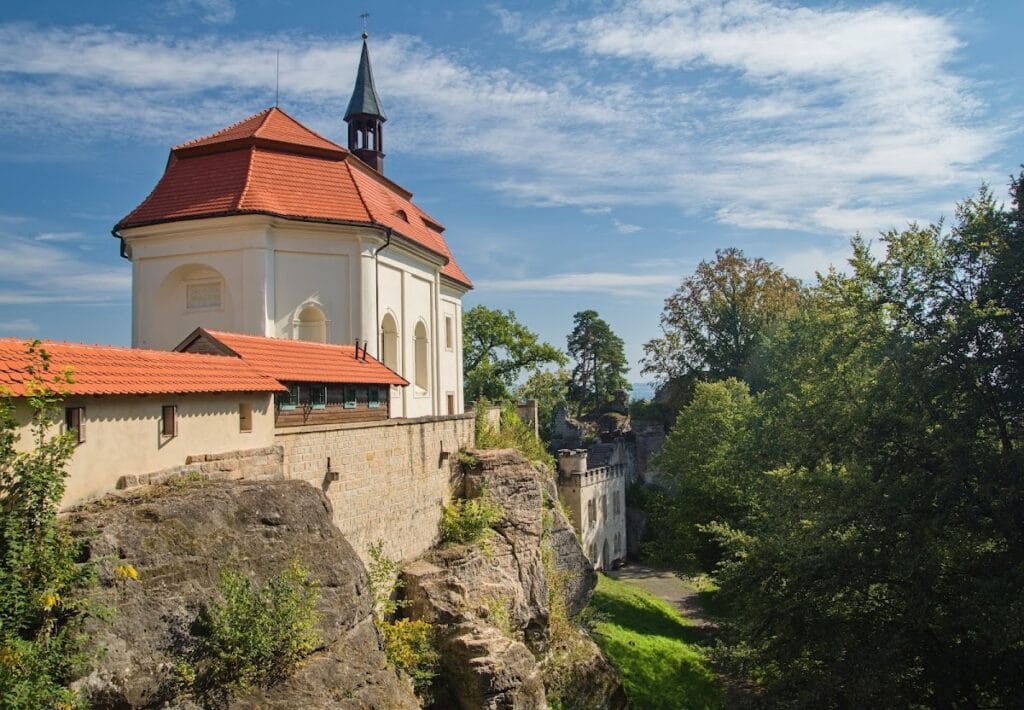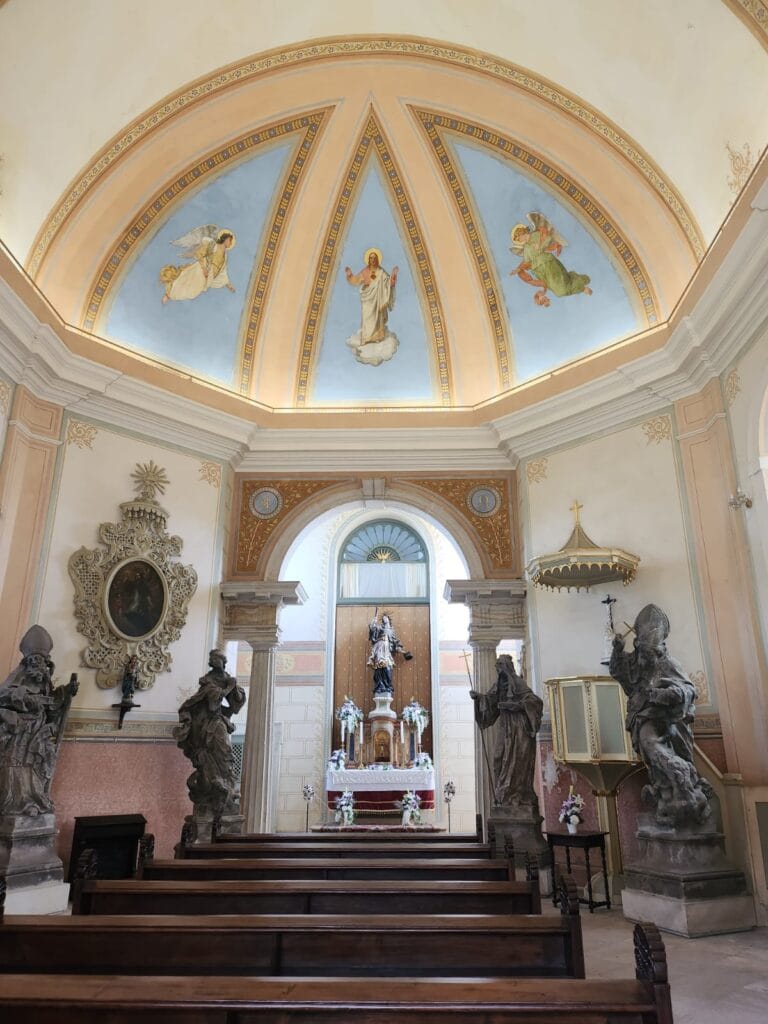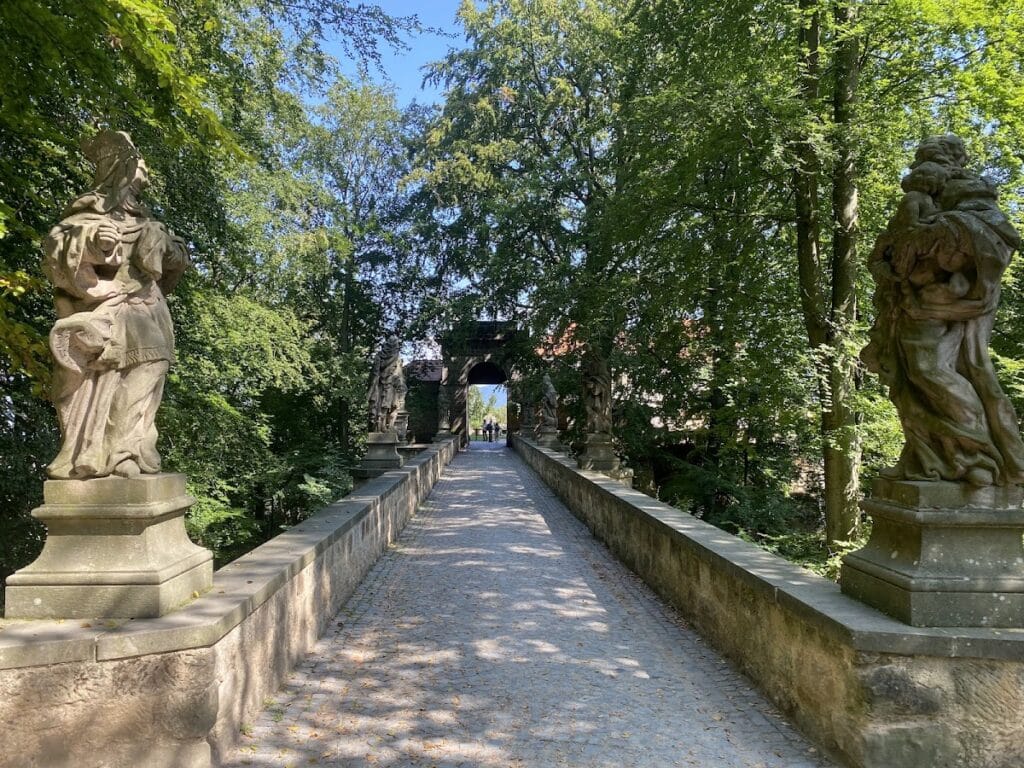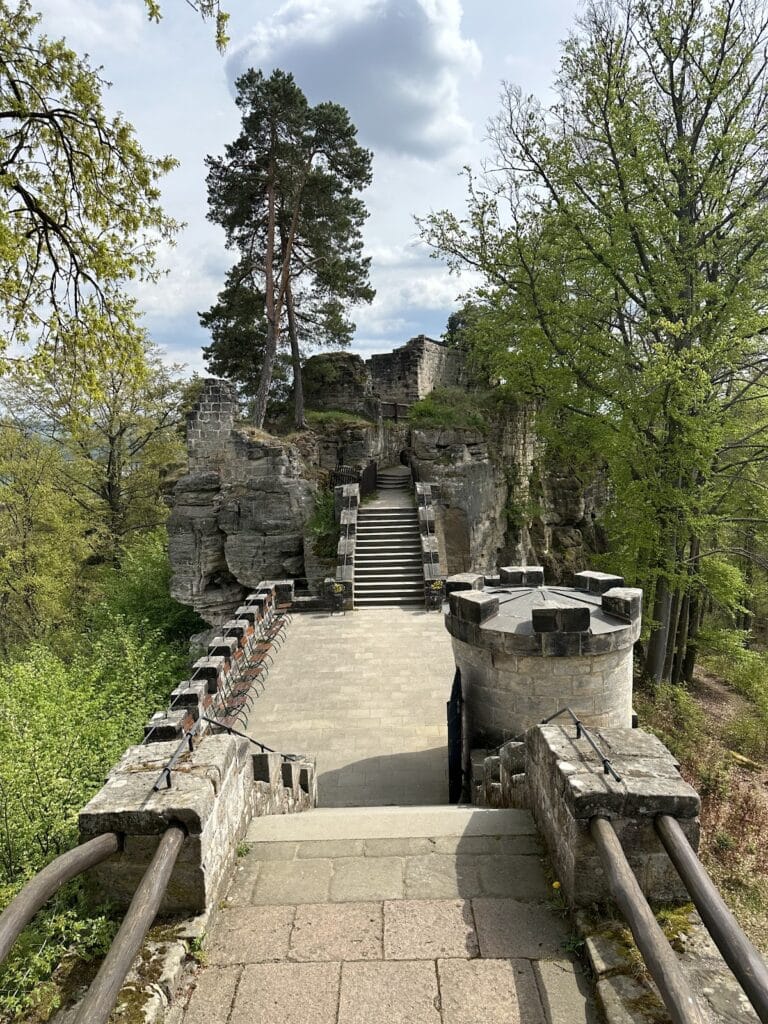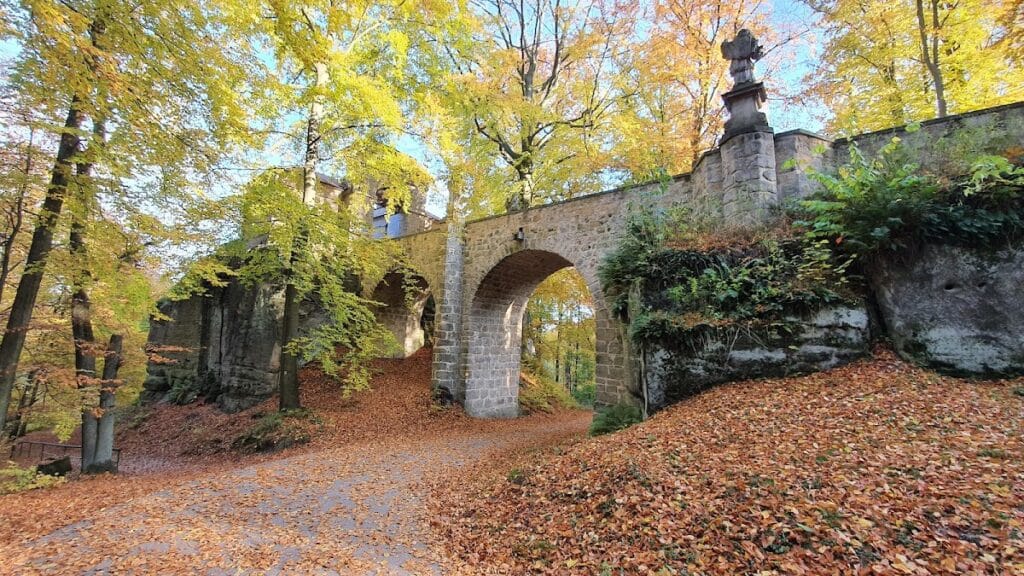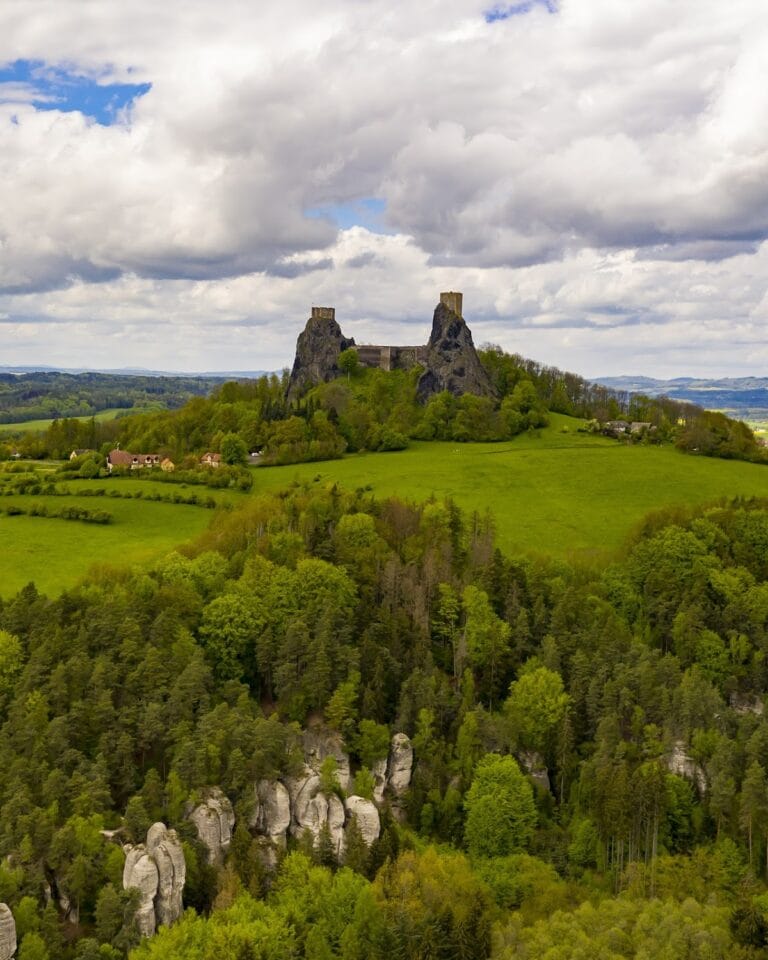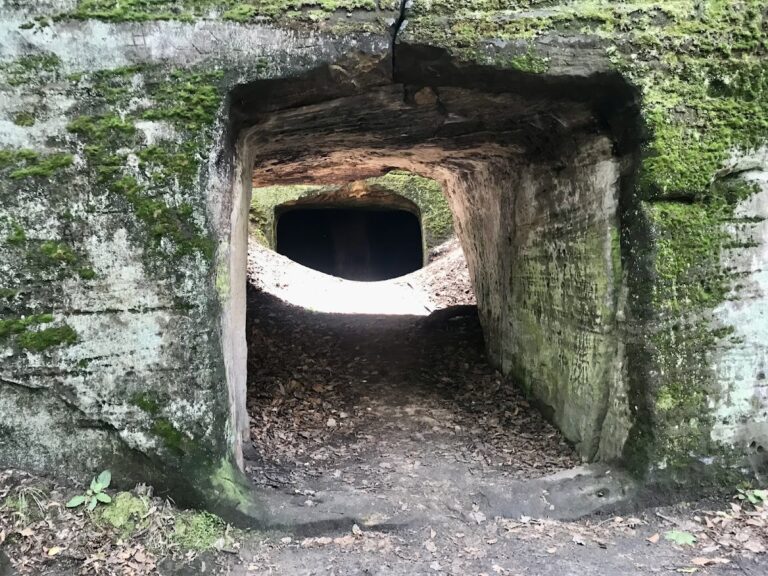Valdštejn Castle: A Medieval Fortress and Pilgrimage Site in the Czech Republic
Visitor Information
Google Rating: 4.6
Popularity: Medium
Google Maps: View on Google Maps
Official Website: www.hrad-valdstejn.cz
Country: Czechia
Civilization: Medieval European
Remains: Military
History
Valdštejn Castle is located in the municipality of Turnov in the present-day Czech Republic. It was established during the Middle Ages by members of the Markvartic noble family, a prominent Slavic lineage in Bohemia that played a key role in the region’s early feudal development.
The castle’s foundation dates back to the period between 1260 and 1280. It was likely built by Jaroslav of Hruštice or his son Zdeněk, who became the first lords to carry the Valdštejn name, stemming from the Germanized version Waldstein. For approximately a century, the Valdštejn family made this castle their ancestral seat. Noteworthy figures during this era included Zdeněk, who served as a courtier to King John of Bohemia; Hynek, who took part in a military expedition to Lithuania in 1336; and Jan, who became known for financially supporting the future King Charles IV through loans.
Around 1380, ownership of Valdštejn Castle changed hands to the Vartenberk family, who were also descendants of the Markvartic line. During the tumultuous Hussite Wars of the early 15th century, the castle saw significant military activity. It was seized in 1424 by the Hussite leader Jan Žižka, who handed control to an ally based at nearby Valečov. In 1427, the castle served as a place of imprisonment for Prince Sigismund Korybutovič, who was held there for a year. Later, in 1440, the castle became a refuge for Hussite supporters and then for robber knights, the latter of whom were expelled by forces loyal to the crown. Throughout the late medieval period, the castle passed through several noble families, including the Šof family and, starting in 1514, the Smiřický family.
Around 1550, Valdštejn Castle suffered a devastating fire, which left it mostly ruined by 1582. Though Albrecht Wallenstein, a member of the family that inherited the estate, reacquired the property in 1620, he did not pursue its reconstruction. Consequently, the castle remained largely in ruins for nearly two centuries following the fire.
In the late 17th century, the site took on a new religious significance. Václav Karel Holan Rovenský, a Baroque composer and former organist in Prague, settled as a hermit within the ruins starting in 1694. His presence transformed the area into a destination for pilgrimage. In the 18th and 19th centuries, the ruling Wallenstein family and later the Aehrenthal family enhanced this spiritual dimension by adding chapels and statues, making the ruins a focal point for religious devotion.
From 1824 to 1843, the Aehrenthal family undertook a neo-Gothic restoration aimed at reviving the castle’s structure. This rebuilding incorporated historicist architectural styles typical of the 19th century and continued with further modifications throughout that century, blending the medieval ruins with contemporary design elements.
Since 1945, the ruins have been owned by the town of Turnov. Today, they stand not only as historical remains but also as part of the cultural landscape of the region.
Remains
Valdštejn Castle occupies a striking position atop three sandstone rock formations linked by wooden bridges, showcasing a layout designed to maximize natural defenses. These elevated rocky outcrops are connected in a way that facilitated movement between parts of the fortress while maintaining a formidable defensive posture. The castle was enclosed by a deep ditch hewn into the terrain to impede attackers, further reinforcing its security.
Initially constructed in the Gothic style common to medieval fortifications, the castle included a donjon—a type of fortified main tower—serving as the stronghold’s most secure area. Alongside this was a wooden watchtower that would have provided lookout functions over the surrounding landscape. The elevated position on steep cliffs granted a commanding view over the town of Turnov and the surrounding countryside, making the site strategically valuable.
Following a fire around the mid-16th century, the castle was left in ruins, with only certain features surviving. Among these were sections of ruined walls, the enduring donjon, and vaulted cellars carved directly into the living rock beneath the fortress. These vaulted spaces once provided storage and protected areas within the castle and remain notable remnants of the original construction.
The site’s transformation into a Baroque pilgrimage destination in the 18th century introduced several religious architectural elements. A chapel dedicated to St. John of Nepomuk was erected on the first courtyard in 1722, marking the castle’s shift toward spiritual use. This chapel and other structures were connected by two stone bridges embellished with sandstone statues of Bohemian saints, reflecting the religious art of the period. Another chapel, honoring St. John the Baptist, was built in 1817, further enriching the site’s ceremonial character.
In 1836, a stone entrance gate featuring statues was constructed behind one of these stone bridges, enhancing the castle’s access points and serving as a monumental threshold. The original Baroque statues, crafted by the Jelínek brothers between 1725 and 1735, have been preserved inside the chapel for protection, while faithful copies now stand on the bridge to maintain the historical appearance.
The 19th-century neo-Gothic restoration introduced additional historicist architectural features. This effort produced a complex that integrates the medieval ruins with Baroque chapels and more recent extensions. Elements such as a main residential building designed in a classical style, preserved palace remnants, and a central courtyard contribute to the castle’s layered architectural narrative.
The castle ruins occupy a wooded area on three sides and are situated about 389 meters above sea level. The terrain around the site features a vertical drop of roughly 90 meters, emphasizing the fortress’s commanding natural setting. Located near the Hruboskalsko nature reserve, the site is accessible by hiking routes originating from Turnov, linking it to the broader natural and cultural region.
